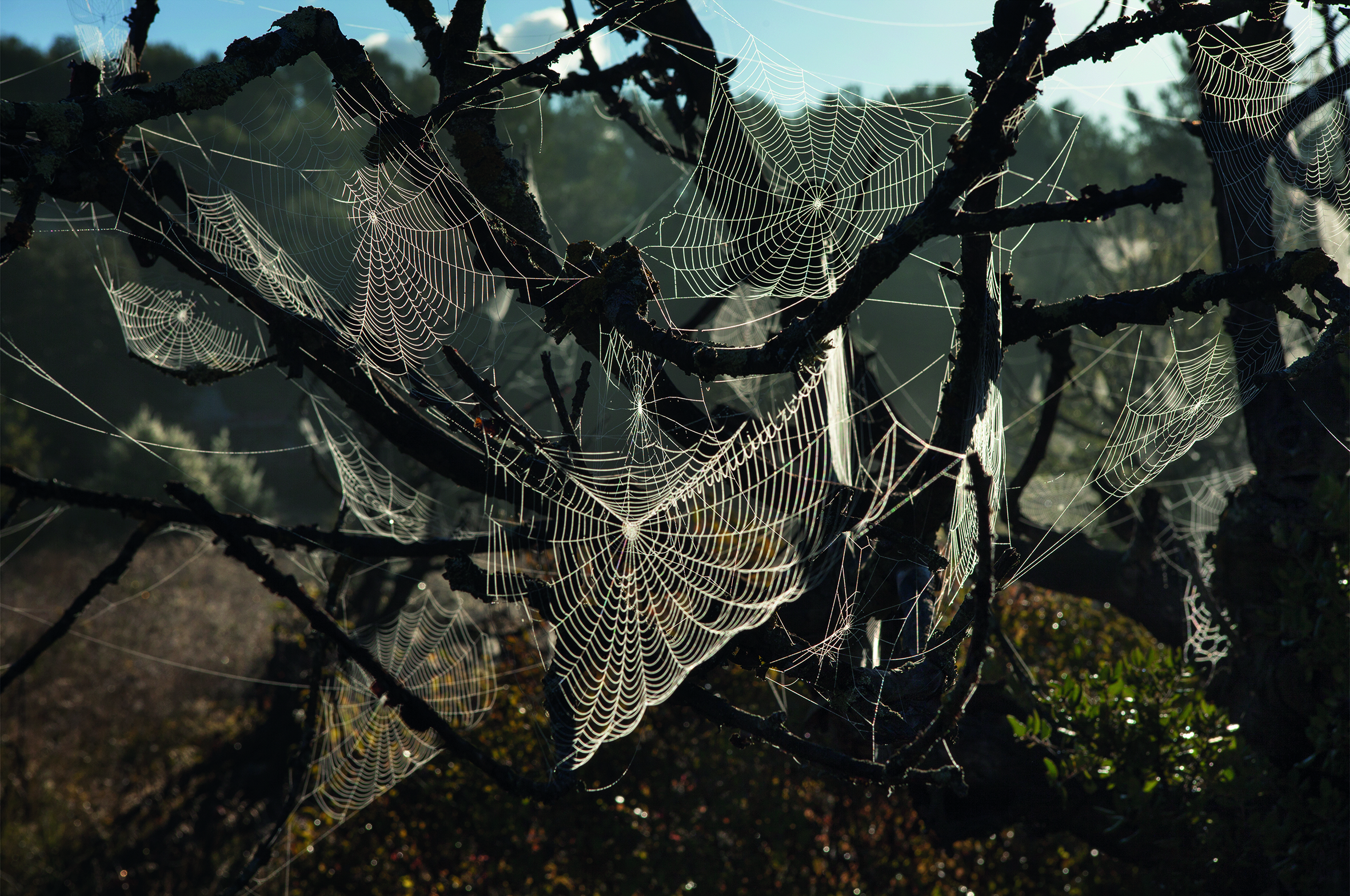Book Review: Mistral
A regular mistral, with its cold, dry wind, clears the sky, but a mistral noir brings rain and clouds, usually cumulonimbus clouds. © Rachel Cobb. Courtesy of Damiani.
Taking photographs of the wind sounds like a task more likely to end in frustration and smashed cameras than one that ends in a stunning photo book collection, but in Mistral, photographer Rachel Cobb has done just that. Having spent years in Provence, France, Cobb used her dedication and her camera to capture the strength of the invisible force of nature within a frozen medium through the effects it has upon the landscape and the people who bear its front year after year.
The name Mistral comes from the word “master”, and after looking through these photos it’s not hard to see why they did. Cobb’s shots reveal an invisible entity by capturing its brutal and sublime impact on the world around it. Though the wind itself is shapeless, one can see it in the forests of bent trees, in the carved mounds of earth where the wind refused to pass over, and in sideways icicles blanketing an entire wall of stone.
© Rachel Cobb. Courtesy of Damiani.
Outside the village of Bedoin, these rock formations called the Demoiselles Coiffees (coiffed young ladies) are made when layers of stone are eroded by wind and rain. They are also known as cheminees de fee (fairy chimneys) © Rachel Cobb. Courtesy of Damiani.
Mistral contains several pages of wide expanses of open sky conveying the sheer power and inhuman force of will that the seasonal force brings with itself. The vast difference between the sizes of the structures and landscapes to that of the sky reminds the viewer that while wind can be blocked at least for a time, it can never be stopped nor contained. The blurs of movements as objects are sent sputtering away by the air conveys just how much force that vast expanse of sky carries with it in these seasons. These shots and their stylistic techniques point to a gentle and terrible majesty of scale of power that paints the invisible shapeless substance captured in the instant of the photo.
Devino-vent is a Provencal word that means a wind diviner. These forecasters were dead birds, usually martins, that had been dried and hung on strings in the kitchens of farmhouses. © Rachel Cobb. Courtesy of Damiani.
Cobb’s photobook even accounts for the more subtle and deep effects of the wind upon everyday life in the region. Mistral includes pictures of statues and figurines, both of which are of human figures shaped with permanently billowing clothes, the impact of the wind made permanent in the cultural artifacts. In almost every single shot of the buildings that line the town, none of the north facing walls have windows, spiders build their webs at specific angles to prevent themselves from being carried away by the wind, and stones line the heavy roof tiles of the houses in the midst of the heavenly onslaught. These up close examinations of the town reveal how the Mistrals have shaped the lives there so thoroughly that it has become ingrained into almost every level of existence there.
In the village of Saintes-Maries-de-la-Mer, at the edge of the Camargue, stands in a statue of a windswept Mireille, the heroine of Frederic Mistral’s epic poem of that name. © Rachel Cobb. Courtesy of Damiani.
A windblown shepherd santon. Santons are clay figurines of saints represented by ordinary Provencal characters and used in creche sets at Christmastime. They were first first made during the French Revolution when churches were closed and nativity scenes were forbidden. People took to creating their own creche sets with local characters instead of known saints. © Rachel Cobb. Courtesy of Damiani.
“We are on the front line of the mistral,” says an agent of Allianz insurance company’s Carpentras office. “People here know how to protect themselves.” Allianz does not compensate insurers for damages caused by winds under 100 kph because, they reason, in Provence “that is just nature.” © Rachel Cobb. Courtesy of Damiani.
The thoroughness of Cobb’s stylization, techniques, and chosen subjects in her photographs all work together to create a thorough and complex portrait of an invisible force. The depictions within the pages so thorough that one can almost hear the whistle of the oncoming storm, and one can almost feel the buffeting force of the air as it breaks down against their face.
To cope with the winds, some spiders orient their webs to make them less exposed and others weave smaller webs. © Rachel Cobb. Courtesy of Damiani.

















